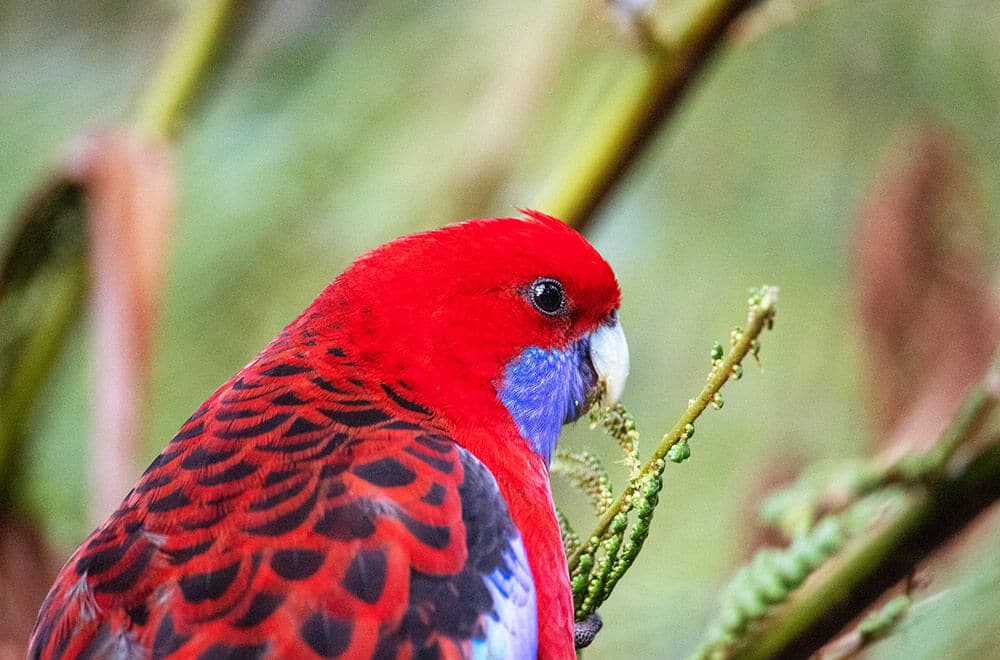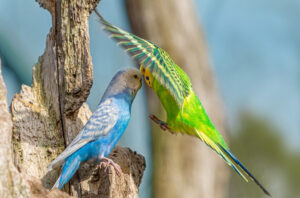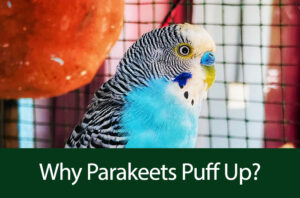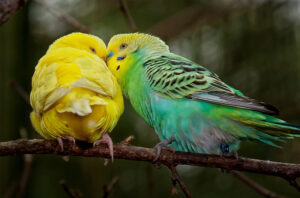The Rosella Parrots (Platycercus), which are also known as the Rosella parakeets, are in a genus that comprises of 6 species and 19 subspecies. These beautiful parrots are native to Australia.
Platycercus refers to a flat tail, representing a feature of Rosellas and other members of this parrot tribe.
Rosellas were firstly encountered by Eastern habitants at Rose Hill, New South Wales, Australia and they started to call this beautiful parrot Rosehill Parakeet, then it became ‘Rosehiller’ and now they are brodaly known as Rosellas.
All Rosellas are intelligent, beautifully colored and have a strong and positive attitude. Due to their eye-catching beauty these parrots are surely one of the Australia’s most brighful bird.
Different Species of Rosella Parrots
All six different species of Rosellas exhibit their characteristics and features. In this article we are going to highlight information about each.
1. Western Rosella
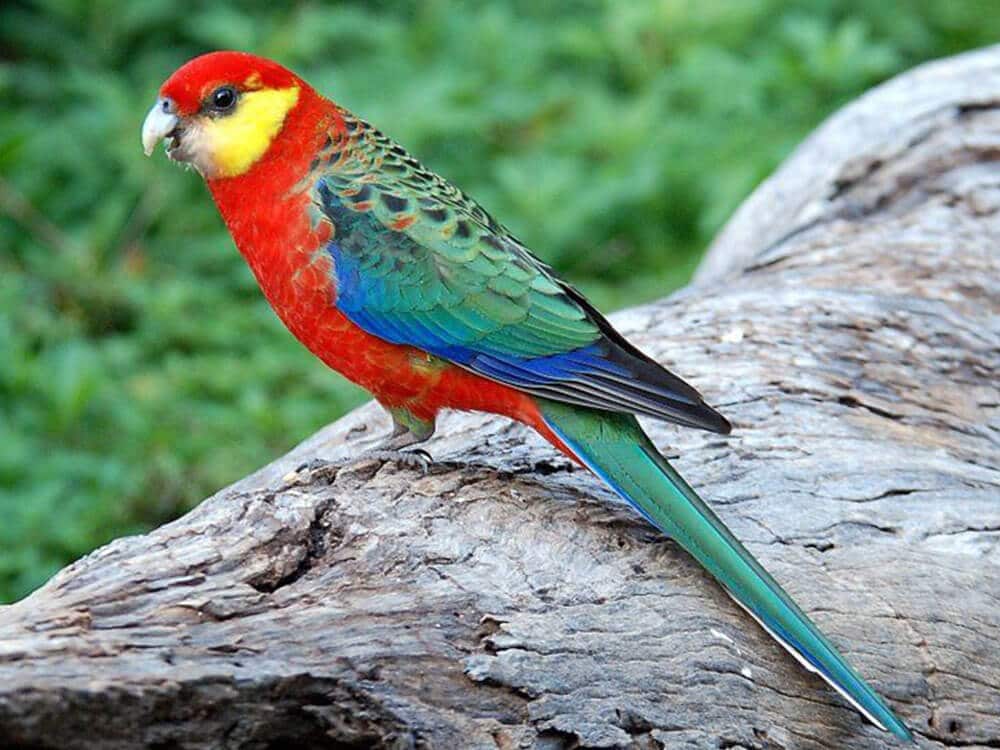
Characteristics and features:
- Scientific Name: The scientific name of western rosella is “Platycercus icterotis”
- Common Names: Western Rosella, Stanley Rosella
- Origin: Southwest Australia.
- Subspecies: The western rosella has 2 subspecies.
- iceterotis xanthogenys
- iceterotis.
- Lifespan: approximately 13, sometimes more years
- Size: 26 cm (10 inches) in length.
- Weight: Approx. 100 – 110 g (3 – 3.5 ozs)
Color
The male usually exhibits a red color with a dark green tail, green rump, and yellow cheek patches. The female is duller, with a green head, yellow cheeks, reddish forehead, and multicolored green-red underparts.
Quick interesting facts
The Western Rosellas are the smallest of all the Rosellas. They prefer to move in small groups or pairs and their flight is very light, fluttery, and smooth.
They are the only Rosellas who have yellow cheek spots. Because of this, it is very easy to distinguish Western Rosellas from other Rosellas.
In some regions, they were considered to be one of the birds who harm crops and plants.
2. Eastern Rosella
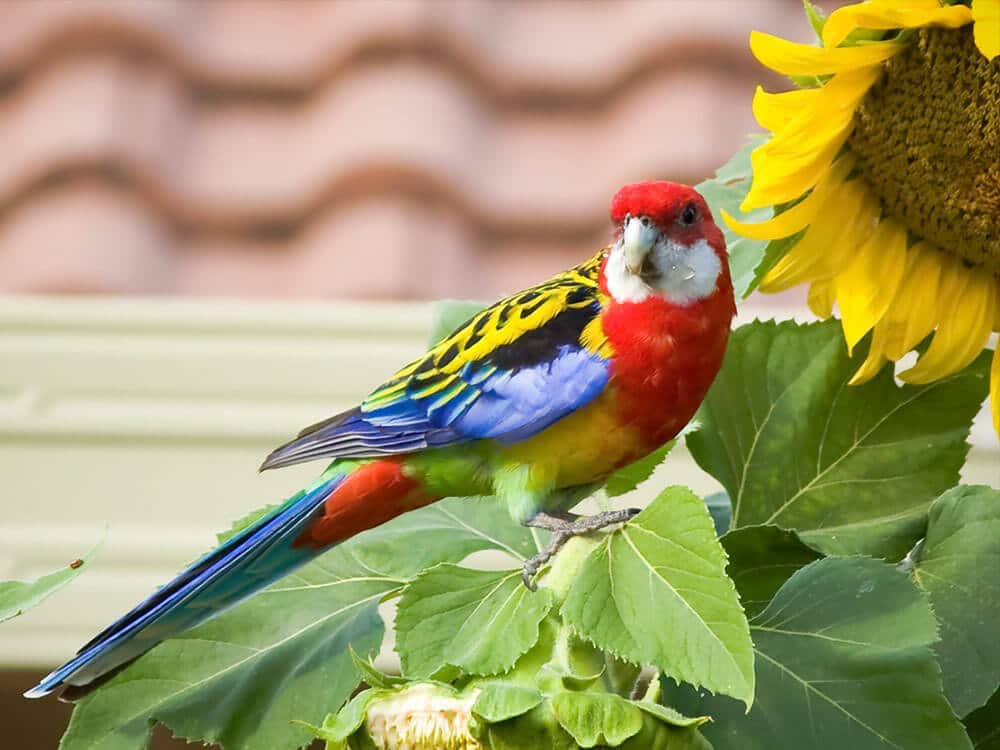
Characteristics and features:
- Scientific Name: The scientific name of eastern rosella is “Platycercus Eximius”
- Common Names: Eastern Rosella, Common Rosella
- Origin: Australia and Tasmania
- Subspecies: The eastern rosella has 3 subspecies.
- Eximius
- Elecica
- Diemenensis
- Lifespan: usually more than 15 years
- Size: 30 cm (12 inches) in length.
- Weight: Approx. 115 – 135 g (4 – 5 ozs)
Color
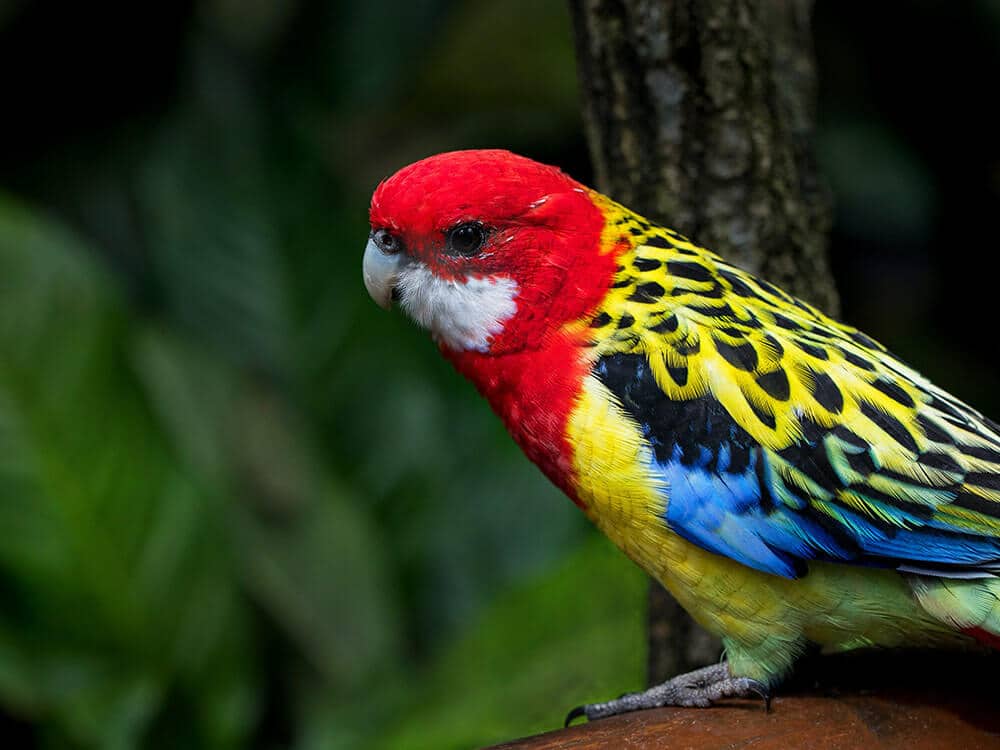
Quick interesting facts
The Eastern Rosellas do not like being hugged with and can be angry if they are forced to do so. If you want to make your pet domestic, you must interact with your bird for some time. Never force your bird to talk or play!
3. Northern Rosella
The northern rosella (Platycercus Venustus), also known as smutty rosella or the Brown’s rosella, is a species of parrot that lives in northern Australia. These parrots are found ranging from Arnhem Land and Gulf of Carpentaria to the Kimberley. The two subspecies of northern rosella are recognized. The species are oddly colored for a rosella, with a dark neck and head with light cheeks—primarily blue in the Western Australian subspecies and white in the Northern Territory subspecies.
Characteristics and features:
- Scientific Name: The scientific name of northern rosella is “Platycercus Venustus”
- Common Names: Brown’s Rosella, Northern Rosella, Smutty Rosella
- Homeland: Northern Territory, Australia
- Subspecies: The northern rosella has 2 subspecies.
- Hillii
- Venustus
- Life span: 15+ years
- Size: 28 cm (approx. 11 inches) in length.
- Weight: Approx. 170 g (6 ozs)
Color
Nape, crown, and forehead are black with white-on-blue face spots. The wing and back of the northern rosella are black with yellow boundaries. The feathers on rump, upper body, and lower body are yellow. The long tail has bluish-green color.
Quick interesting facts
The Northern Rosellas are not very social and are mostly found alone. These Rosellas are shyer than other rosellas and doesn’t likes to be disturbed.
These beautiful birds are quieter and less expressive than the other birds of their family. While feeding, they make soft chattering sound.
4. Crimson Rosella
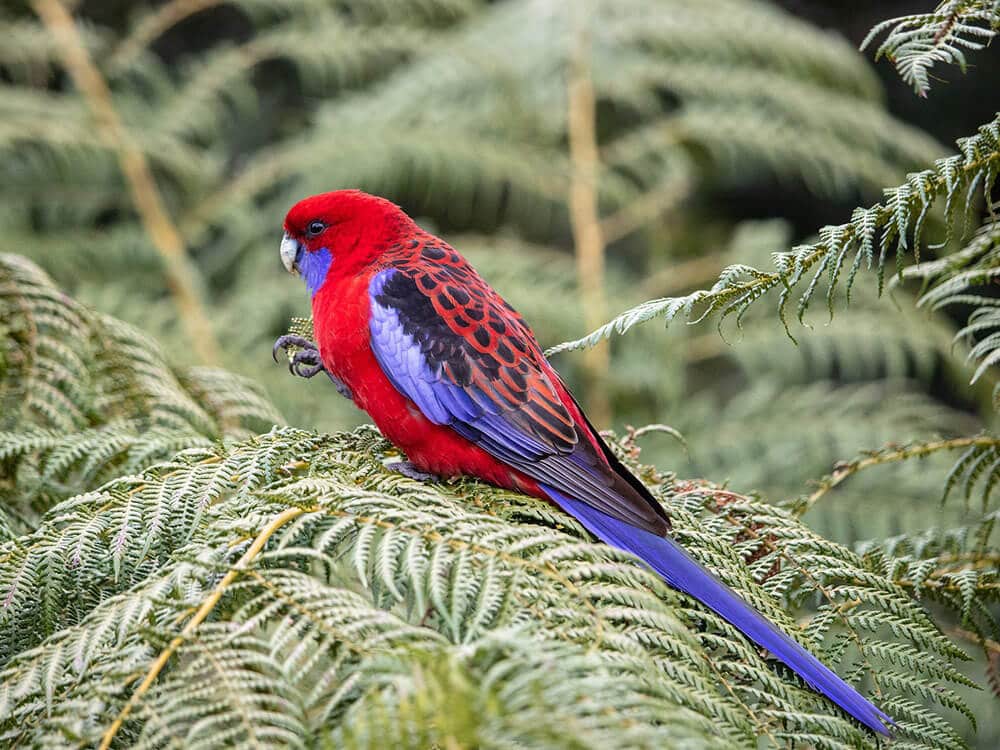
Characteristics and Features:
- Scientific Name: “Platycercus Elegans”
- Common Name: Crimson Rosella
- Homeland: Southeast and East Australia
- Subspecies: The crimson rosella has 7 subspecies.
- nigrescens
- filewoodi
- elegans
- flaveolus Gould
- subadelaidae
- fleurieuensis
- melanopterus
- Life: 15 or more years.
- Size: 36 cm (approx. 14 inches) in length.
- Weight: Approx. 120 – 150 g (4 – 5 ozs)
Color
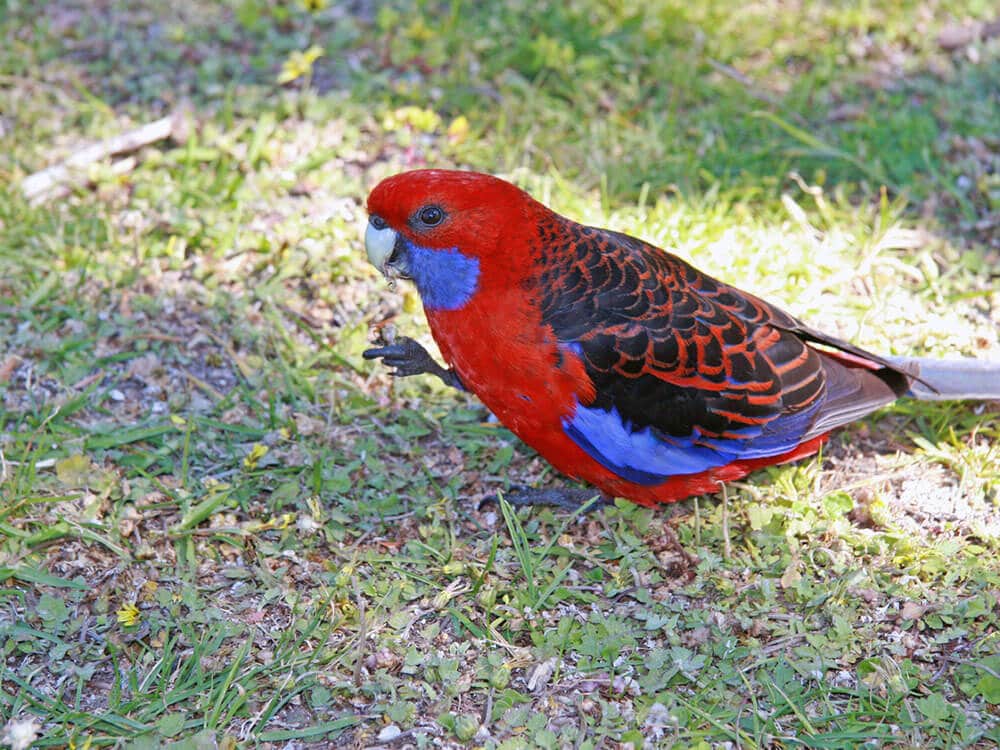
Quick interesting facts
A crimson rosella often sounds whistle but cannot clearly talk. The crimson rosella has fascinating colors and its whistle sounds are evenly charming.
The breeding process for the crimson rosellas is affected by the rainy season that arrives at the time of breeding in their hometown.
A crimson rosella clutch contains 3 to 8 eggs and they are not laid all at once. They take two to four weeks and it puts the hatching process around mid-December. Most of the time the eggs fail to hatch because the eggs get destroyed by the female member of their own class.
5. Green Rosella
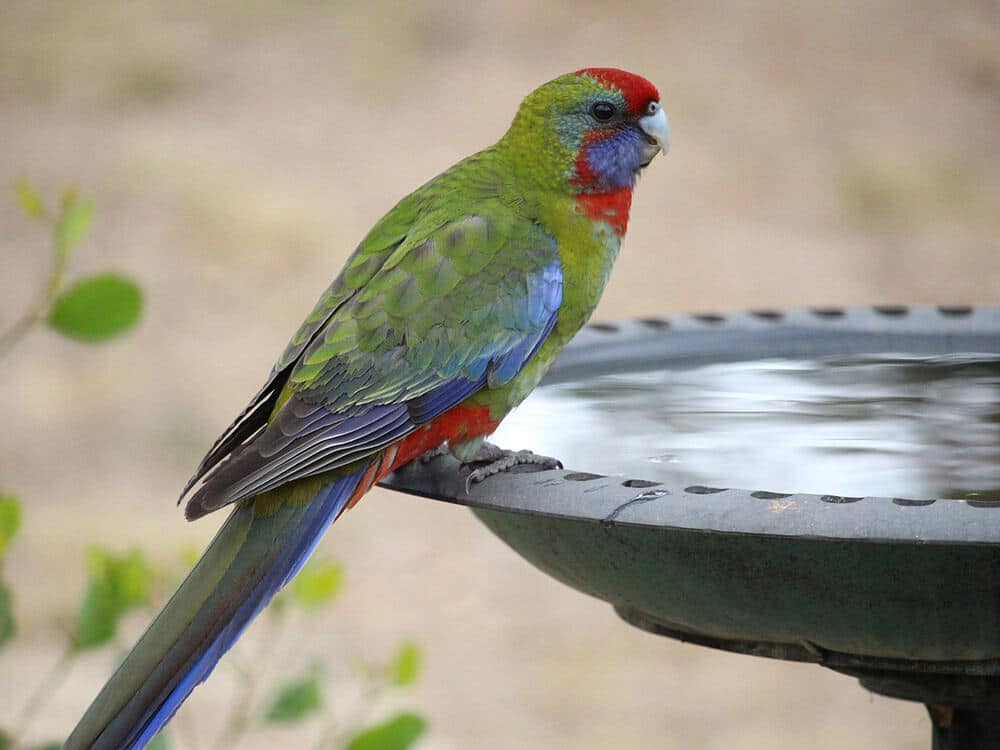
The green rosella is primarily herbivorous, consuming berries, fruits, seeds, flowers, and nuts, but could also eat insects and insect larvae such as psyllids.
Characteristics and Features:
- Scientific Name: Platycercus Caledonicus
- Common Names: Tasmanian Rosella, Green Rosella, Yellow-Breasted Parakeet, Mountain Parrot
- Homeland: Tasmania
- Subspecies: The green rosella has 2 subspecies.
- Orange-Bellied Parrot
- Swift Parrot
- Life: 15 or more years.
- Size: 37 cm (15 inches) in length.
- Weight: Approx. 170 g (6 ozs)
Color
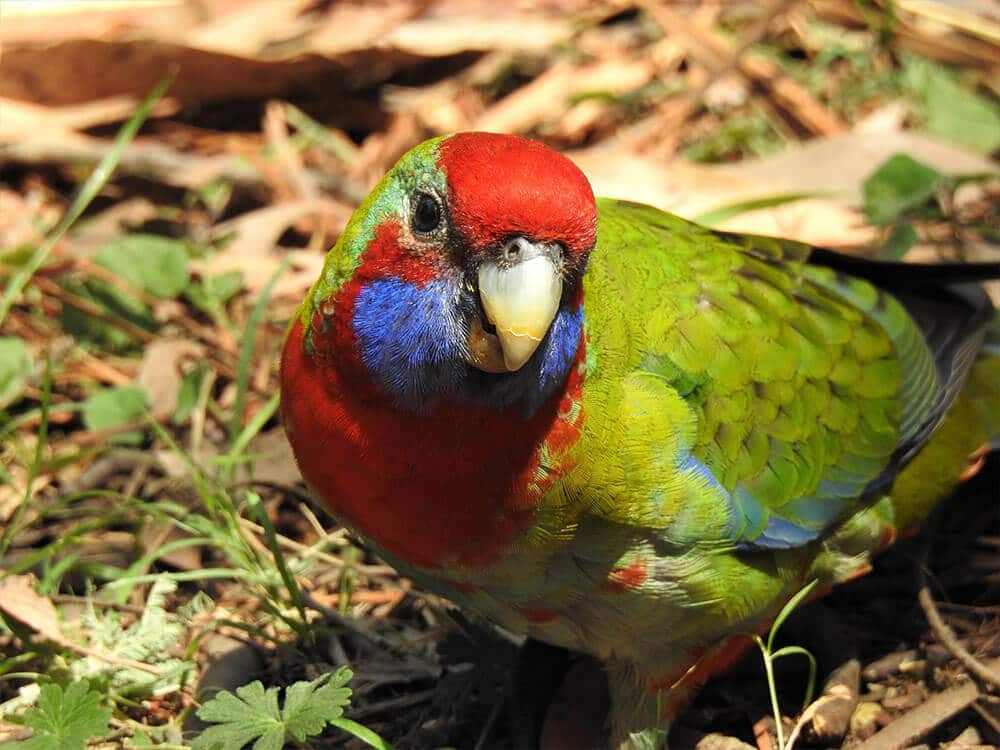
Quick interesting facts
The Green Rosellas are the largest Rosellas among the other birds of his class. They are mostly found in places away from cleared farmlands. They prefer savannah woodlands and dense forests and love to feed in urban gardens and orchards.
These Rosellas do not usually prefer travelling they only travel when they are in need of some special food or the material for their housing.
These birds are aggressive to the other birds and sometimes also to their own chicks. However, If you will not disturb them, they will make no problem for you.
6. Pale-Headed Rosella
The Pale-headed Rosella (Platycercus Adscitus), also known as the Mealy Rosella, is a beautiful bird with a long tail that belongs to the genus Platycerus. These birds are native to northeastern Australia. Normal-size parrot with a gold back, light yellow head, primarily white cheeks, and light blue under parts. Pale-headed Rosellas are mostly found in open woodland and feeds on fruits and seeds.
Characteristics and Features:
- Scientific Name: “Platycercus Adscitus”
- Common Names: Mealy Rosella, Pale-Headed Rosella
- Homeland: Eastern Australia
- Subspecies: The pale-headed rosella has 2 subspecies.
- Palliceps
- Adscitus
- Life: 15+ years
- Size: 30 cm (approx. 12 inches) in length.
- Weight: Approximately 110 g (approx. 4.5 ozs)
Color
The pale-headed rosella has blue color in general but head and upper body is cream-yellow. The color of tail is green and the body around the vent is red.
Quick interesting facts
The pale-headed rosella makes a nest in the holes of the trees or hollow stumps. The nest is usually placed near water places but they lay eggs on wood dust.
These Rosellas mostly feed on the grounds, sometimes in trees and shrubs, and prefer to feed under the shade than in the sunlight. Like the Green Rosella, these birds do not love traveling and prefer to stay close their hometown.
Are you looking to adopt a Rosella Parrot? Check the links below!
In short, all 6 rosella parakeets have their own characteristics and features and there could be many reasons for you to love these pretty birds. If you give them proper time and care, they can prove to be your faithful friend for a long time.
Check Budgie’s Blog if you want to read other articles related to birds.

